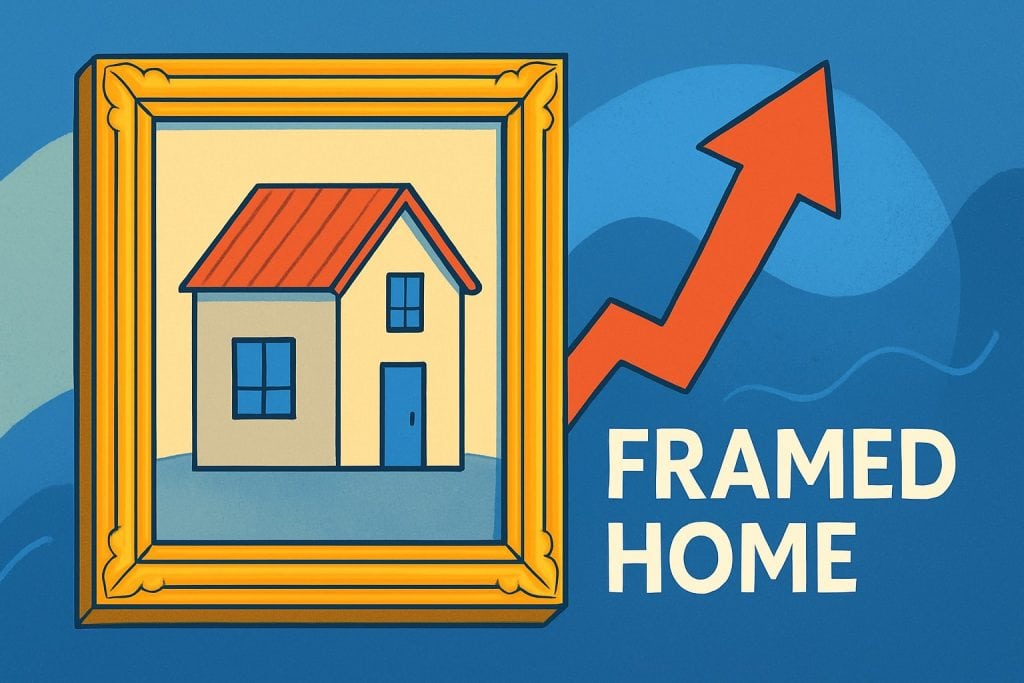Framed homes are quickly becoming a top choice for UK homeowners in 2025, valued for their unique blend of design flexibility, sustainability, and efficiency. These innovative builds offer more than just visual appeal—they deliver practical solutions for modern living and long-term savings.
In this step-by-step handbook, you'll discover how to plan, design, and build your own framed home with confidence. By following this guide, you can make informed decisions and avoid expensive mistakes at every stage.
From initial planning to final touches, we cover everything you need: budgeting, design, material selection, construction, regulations, and finishing details. Let’s get started on your journey to a smarter home.
Understanding Framed Homes: Types, Benefits, and Trends for 2025
A framed home is at the heart of modern British construction, providing flexibility and efficiency for homeowners. As 2025 approaches, understanding what sets a framed home apart from traditional builds is essential for anyone considering a new project. This section explores the key types, benefits, trends, and common misconceptions about framed homes, ensuring you make informed decisions from the outset.
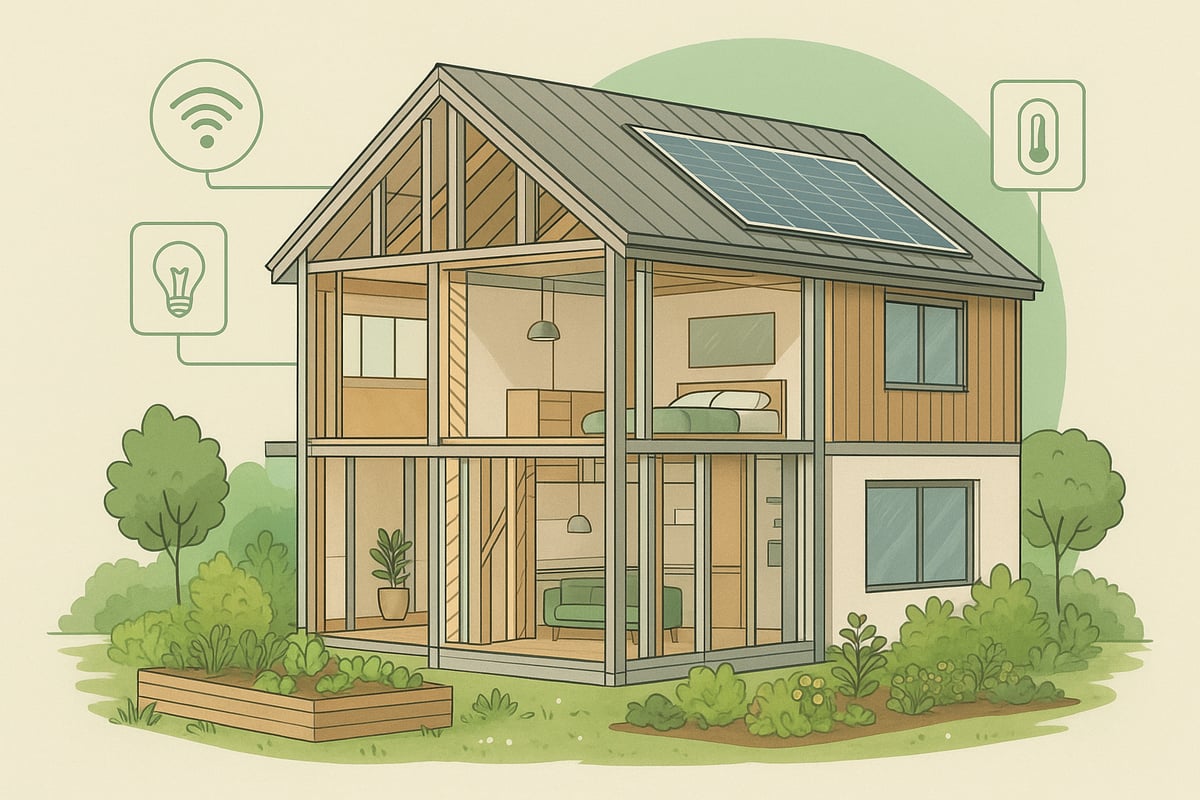
What is a Framed Home?
A framed home uses a structural skeleton of timber, steel, or a hybrid of both to support the building, unlike traditional masonry houses that rely on brick or block walls. The frame carries the load, allowing for open interior layouts and larger windows. In the UK, examples include contemporary timber frame houses in the countryside, steel frame extensions in urban areas, and hybrid oak frame barns converted for residential use. The framed home method is gaining traction for its adaptability and modern appeal, making it a strong contender for self-builders in 2025.
Key Benefits of Framed Homes
Choosing a framed home offers remarkable advantages. These homes are renowned for their energy efficiency, reducing heating bills and environmental impact. Build times are significantly shorter, often up to 30 percent faster than masonry alternatives. The flexibility of framed home construction means you can easily customise layouts, incorporate large open-plan spaces, or future-proof your property. Cost-effectiveness is another draw, with long-term savings on utilities and maintenance. Overall, a framed home delivers both financial and environmental rewards, creating value for years to come.
- Energy efficiency and sustainability
- Rapid construction
- Design and layout flexibility
- Cost savings over time
Types of Framed Homes
There are several main types of framed home systems used across the UK. Timber frame is the most common, available in open panel, closed panel, and Structural Insulated Panel (SIP) formats, each offering different insulation and speed benefits. Steel frame homes provide greater strength and are ideal for complex architectural designs, though they may require additional insulation. Hybrid systems combine timber and steel for enhanced durability and thermal performance. A popular modern example is the oak frame home, blending rustic charm with cutting-edge efficiency, especially in rural or bespoke projects.
| Type | Pros | Cons |
|---|---|---|
| Timber Frame | Sustainable, fast build, customisable | Needs protection from moisture |
| Steel Frame | Strong, long spans | Higher cost, requires insulation |
| Hybrid | Best of both, superior insulation | More complex design and build |
Framed Home Trends for 2025
Looking ahead, the framed home market in the UK is set for exciting changes. There is a clear move towards sustainable materials, with more self-builders demanding responsibly sourced timber and recycled steel. Smart home integration is rapidly becoming standard, with new builds including automated lighting, heating, and security. Modular and prefabricated framed home components are on the rise, making construction even faster and more precise. Notably, 62 percent of UK buyers now prioritise eco-features, reflecting a growing demand for low-carbon living (Timber Frame Construction Trends in the UK – 2025 Update). These trends shape the future of the framed home, making it a forward-thinking choice.
Common Myths and Misconceptions
Despite their popularity, several myths persist around the framed home. Some worry about durability, but modern timber and steel frames, when built to UK standards, can last well over a century. Fire safety is often questioned, yet stringent regulations and advanced fire-resistant materials ensure compliance and peace of mind. Others believe a framed home limits design options, but in reality, the structural flexibility allows for innovative layouts and architectural features. Understanding these facts helps you recognise the true potential of a framed home for your next project.
Step 1: Planning Your Framed Home Project
Embarking on a framed home project begins with meticulous planning. Each decision in these early stages will shape your build, from budgeting to team selection. By following a clear process, you can avoid common pitfalls and set a strong foundation for your dream home.

Setting Your Budget and Timeline
A realistic budget is the cornerstone of any successful framed home build. Begin by listing all major expenses, including land purchase, materials, labour, and professional fees. Always factor in a contingency fund, typically 10 to 15 percent, to cover unexpected costs. With inflation affecting materials and wages in 2025, update your figures regularly.
For a timber framed home, expect average costs between £1,800 and £2,500 per square metre (Build It, 2024). Map out a timeline that accounts for planning, design, permissions, and build phases. This helps manage expectations and keeps your project on track.
Choosing the Right Plot
Selecting the right plot is crucial for your framed home’s long-term value and performance. Evaluate location, local amenities, and transport links. Check access for construction vehicles and consider the plot’s orientation for natural light and solar gain, which can improve energy efficiency.
Commission a soil survey to assess ground conditions, as these will affect your foundation design and costs. South-facing plots are popular for maximising warmth and light. Also, review any planning constraints or covenants that might impact your plans.
Navigating Planning Permission and Regulations
Securing planning permission is a vital step before breaking ground on your framed home. Study local authority requirements and prepare detailed plans. Building regulations are equally important, covering fire safety, insulation, and structural integrity.
For structural safety, consult resources like Approved Document A: Structural Safety Regulations to understand compliance standards. Common pitfalls include incomplete applications or failing to meet local design codes. Early engagement with your local planning office can streamline the process and reduce delays.
Assembling Your Project Team
A successful framed home project relies on a skilled and cohesive team. At a minimum, you will need an architect, structural engineer, builder, and project manager. Research their experience with framed home construction and request references or view previous work.
Check professional accreditations and ensure contracts clearly outline deliverables, timelines, and payment terms. Open communication and regular site meetings keep everyone aligned and help resolve issues swiftly. Choosing the right team will support your vision from planning through to completion.
Step 2: Designing Your Framed Home
Designing a framed home is an exciting journey that allows you to shape every detail to suit your needs. Each decision at this stage influences comfort, efficiency, and future flexibility. By approaching design thoughtfully, you can ensure your framed home is both beautiful and practical for years to come.
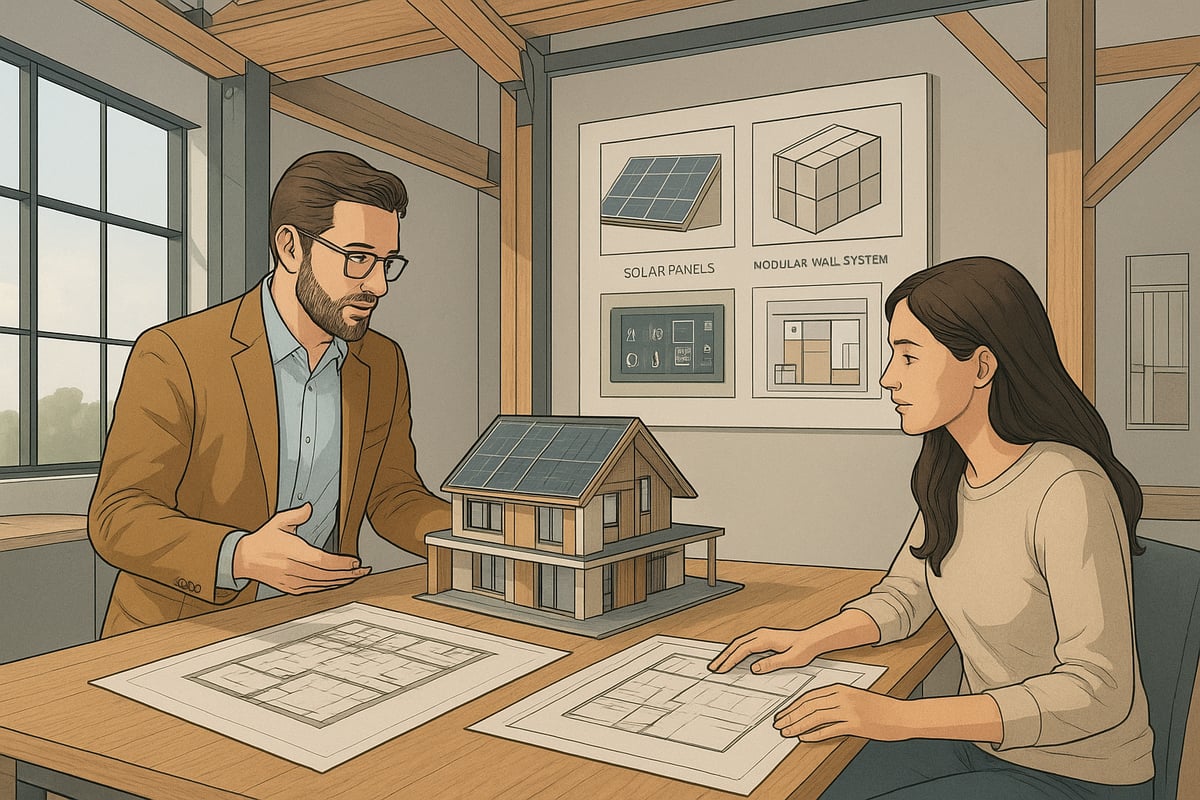
Creating Your Wish List and Brief
Starting your framed home project begins with a clear wish list and design brief. Identify your must-have features, such as open-plan kitchens, dedicated home offices, or ground-floor bedrooms for accessibility. Consider how your lifestyle will evolve, ensuring the framed home supports family needs, hobbies, and future changes.
- List essential spaces (bedrooms, bathrooms, work areas)
- Highlight nice-to-haves (walk-in wardrobes, utility rooms)
- Note any accessibility or energy targets
A well-prepared brief helps guide every design decision, setting a strong foundation for your framed home.
Working with Architects and Designers
Choosing the right professionals is crucial for translating your vision into reality. Look for architects experienced in framed home projects who understand the structural possibilities and limitations. Utilise 3D modelling and visualisation tools to explore layouts and finishes before building begins.
Collaboration is key. Share your ideas openly and encourage feedback to refine your concept. For those seeking a truly customised approach, explore custom and bespoke framed homes to unlock unique design solutions that maximise the potential of your framed home.
Sustainable and Energy-Efficient Design Choices
Prioritising sustainability in your framed home design pays dividends in comfort and cost savings. Maximise natural light with large windows and consider the orientation of your house to benefit from passive solar gain. Select high-performance insulation, especially for timber and steel frames, to create a highly energy-efficient envelope.
According to NHBC, timber frame homes can achieve up to 30 percent better insulation than traditional builds. Choose materials and systems that minimise environmental impact while enhancing the framed home's performance.
Layout, Space Planning, and Aesthetics
Effective space planning is essential to a successful framed home. Divide the layout into private zones (bedrooms, studies) and social zones (living rooms, kitchens). Integrate indoor and outdoor living with features like bi-fold doors or covered patios for seamless flow.
Material choices influence both style and durability. Consider exposed timber beams for character, or opt for sleek finishes for a modern look. Each decision should reinforce the comfort and longevity of your framed home.
Future-Proofing and Smart Home Integration
Thinking ahead ensures your framed home remains adaptable as technology and lifestyles change. Install infrastructure for smart systems—such as lighting, security, and climate control—during the build to avoid costly retrofits later. Modular wall systems offer flexibility for future extensions or layout changes.
Design with the potential for ageing in place or expanding the framed home, making it a lasting investment that continues to meet your needs as life evolves.
Step 3: Selecting Materials and Construction Methods
Choosing the right materials and construction methods is a pivotal stage in any framed home project. The decision you make here affects not only the build's strength and longevity but also its environmental impact, running costs, and future adaptability. Let us break down the options and considerations for 2025.
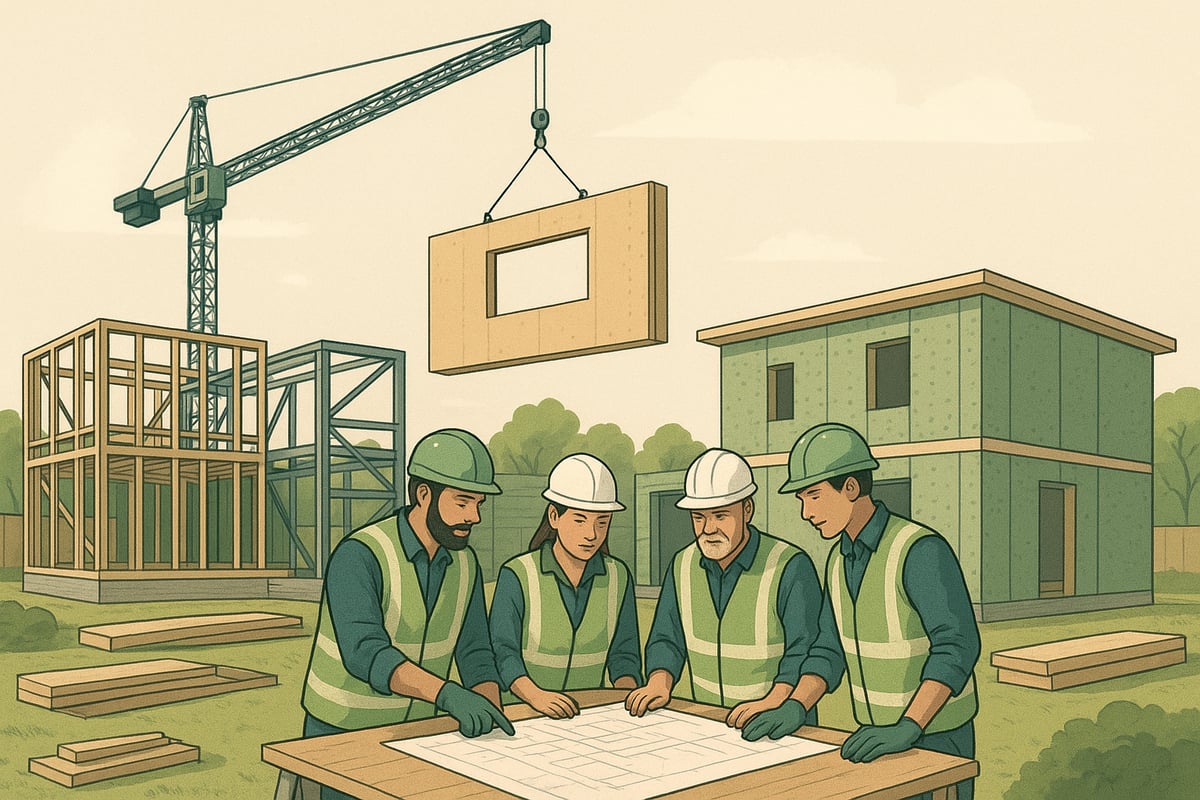
Timber vs. Steel Frames: Pros, Cons, and Suitability
Timber and steel are the two dominant frame types for a modern framed home. Timber frames are popular for their natural insulation, sustainability, and ease of construction. Steel frames, in contrast, offer superior strength and are sometimes preferred for complex architectural designs or larger spans.
Comparing Timber and Steel Frames
| Feature | Timber Frame | Steel Frame |
|---|---|---|
| Lifespan | 60+ years | 100+ years |
| Maintenance | Low, periodic | Very low |
| Sustainability | High (FSC/PEFC) | Medium (recycled) |
| Cost (2025 est.) | £1,800–£2,500/m² | £2,100–£2,800/m² |
| Build Speed | Fast | Moderate |
Timber frames suit most UK climates and are ideal if you value sustainability in your framed home. Steel frames are best for projects needing large open spaces or specific fire resistance.
Panel Systems: Open, Closed, and SIPs
Panel systems define how your framed home comes together. Open panel systems are basic timber frames, with insulation and services added on site. Closed panel systems arrive with insulation, windows, and even services pre-installed, reducing on-site work.
Structural Insulated Panels (SIPs) are a modern option, combining insulation and structure for ultra-low energy homes. SIPs enable rapid assembly and excellent airtightness, making them a smart choice for anyone prioritising efficiency in a framed home.
For a detailed look at panel types and their construction advantages, visit Timber frame building options.
Sustainable Sourcing and Certifications
Responsible sourcing is essential for a sustainable framed home. Always look for timber certified by FSC (Forest Stewardship Council) or PEFC (Programme for the Endorsement of Forest Certification). These ensure the wood is harvested from responsibly managed forests.
Steel frames should contain a high proportion of recycled content. Choosing certified materials can also positively impact your eligibility for green mortgages and insurance premiums on your framed home.
Checklist for Sustainable Sourcing:
- FSC or PEFC timber certification
- Recycled steel documentation
- Supplier transparency and traceability
Insulation, Windows, and Building Envelope
A high-performance building envelope is vital for comfort and efficiency in a framed home. For 2025, aim for U-values of 0.15 W/m²K or better for walls, and 0.8 W/m²K for windows. Triple glazing and quality thermal breaks are standard in new builds.
Upgrading insulation can reduce heating bills by up to 25 percent. Focus on airtightness by using membranes and careful detailing around openings. This ensures your framed home is warm, quiet, and cost-effective year-round.
Working with Specialist Suppliers
Selecting the right specialist supplier is crucial to the success of your framed home. Choose manufacturers with a proven track record, clear lead times, and robust after-sales support. Ask for references, review previous projects, and clarify delivery logistics early in the process.
Look for suppliers who offer comprehensive support, from design stage through to compliance with UK regulations. This makes the journey to your new framed home smoother and less stressful.
Step 4: Building Process and Project Management
Building your framed home requires careful coordination and step-by-step execution. Each phase, from groundworks to internal fit-out, contributes to the overall quality, safety, and longevity of your investment. Let us explore the essential stages and practical tips to keep your framed home project on track.
Groundworks and Foundations
Preparing your site is the first step in any framed home project. Groundworks include clearing vegetation, levelling the land, and arranging site access for machinery and deliveries. Foundations are crucial, as the stability of your framed home depends on the right solution for your soil type.
Common options include strip foundations for stable ground, raft foundations for weaker soils, and pile foundations where ground conditions are challenging. For environmentally sensitive sites, screw piles can minimise disturbance and speed up installation. Investing time in this stage ensures that your framed home starts on solid ground and reduces the risk of future structural issues.
Frame Erection and Structural Assembly
Once foundations are complete, the frame can be erected. For a framed home, this involves assembling pre-manufactured timber or steel components on-site, using cranes and scaffolding for safety and efficiency. Erection is typically fast, with timber frames often completed within two to four weeks.
Quality control is vital at this stage, as precise assembly ensures structural integrity. Follow NHBC Standards 2025: Timber Frame Superstructures for compliance and best practice. Regular inspections help address any alignment or fixings issues early, keeping your framed home build on schedule and within budget.
Weatherproofing and External Envelope
After the frame is up, weatherproofing and the external envelope protect your framed home from the elements. This phase includes fitting membranes to prevent water ingress, installing insulation, and adding cladding or roofing. Materials such as brick slips, render, or timber cladding can enhance both performance and appearance.
Attention to airtightness and moisture control is essential. Proper detailing at junctions, windows, and doors prevents drafts and damp. For inspiration and visual references, explore completed projects in this timber frame project gallery. A well-executed envelope improves comfort and energy efficiency in your framed home.
First Fix: Services and Internal Walls
With the structure weather-tight, the first fix phase begins. Electricians, plumbers, and ventilation specialists install wiring, pipes, and ductwork within your framed home. Internal walls, typically lightweight timber or steel partitions, are constructed at this stage.
Compliance with fire safety and sound insulation standards is critical, especially in a framed home. Careful planning avoids the need for costly rework later. Efficient scheduling of trades keeps the project moving smoothly and ensures that all services are integrated before walls are closed up.
Project Management Tips and Common Pitfalls
Effective project management is the backbone of a successful framed home build. Use detailed schedules to coordinate trades and deliveries, minimising downtime. Digital project management tools can help track progress, costs, and changes.
Common pitfalls include underestimating lead times for bespoke frame components, unclear contracts, and poor communication. Always confirm specifications with your suppliers and maintain regular site meetings. By managing risks proactively, you can keep your framed home project on time, within budget, and built to the highest standard.
Step 5: Interiors, Finishing Touches, and Moving In
The final stage of your framed home journey is all about creating a comfortable, efficient, and beautiful space to live in. Attention to detail during interiors, finishing touches, and moving in will ensure your new home is welcoming and future-proof. Let us explore the essential steps to complete your framed home project successfully.
Interior Fit-Out: Flooring, Walls, and Ceilings
A well-designed interior is key to enjoying your framed home for years to come. Start by choosing flooring that complements both the structure and your lifestyle. Timber floors add warmth, while polished concrete or tiles offer a modern touch. Insulation beneath floors is essential for comfort and energy efficiency.
Consider underfloor heating, which works especially well with timber or engineered flooring. When finishing walls and ceilings, plasterboard is common, but exposed oak beams can add unique character and showcase the craftsmanship of your framed home.
For a touch of luxury and practicality, select finishes that are durable and easy to maintain. Coordinating colours and textures helps create a harmonious look throughout your framed home.
Energy Systems and Smart Home Features
Modern framed home builds increasingly focus on efficient energy systems and integrated technology. Heat pumps and solar panels are popular choices, providing renewable heating and electricity. Mechanical ventilation with heat recovery (MVHR) ensures fresh air while minimising heat loss.
Smart home features, such as intelligent lighting, climate control, and security systems, are becoming standard. In fact, 40% of new UK homes now include smart technology, making daily life more convenient and secure.
Plan wiring and infrastructure early to future-proof your framed home. This approach not only adds value but also aligns with sustainability goals and the latest building standards.
Landscaping and Outdoor Spaces
Outdoor spaces are an extension of your framed home, enhancing both lifestyle and property value. When planning gardens, patios, or driveways, consider how these areas can complement the architecture. Timber pergolas, garages, and decking are popular, blending naturally with the structure.
Designing with sustainability in mind is important. Use native plants, permeable surfaces, and recycled materials where possible. Incorporating timber elements is increasingly supported by UK government initiatives, as seen in their recommitment to boosting timber in construction.
Thoughtful landscaping not only boosts kerb appeal but also creates outdoor zones for relaxation and entertaining, making your framed home truly complete.
Handover, Snagging, and Aftercare
As your framed home nears completion, a thorough handover process is vital. Conduct a detailed inspection with your builder to identify any snags, such as minor defects or unfinished tasks. Create a snagging list and ensure all issues are resolved before moving in.
Warranties for structure, heating systems, and appliances offer peace of mind. Set up a maintenance schedule, including annual checks for timber frames, to protect your investment and keep your home in top condition.
Aftercare is not just about fixing problems, but ensuring your framed home remains comfortable, efficient, and beautiful for years ahead.
Now that you understand the essentials of planning, designing, and building a framed home for 2025, you’re ready to turn your vision into reality. From choosing the right materials to ensuring every detail meets UK regulations, your choices now lay the foundation for a home that’s both beautiful and future ready. If you’re eager to start your bespoke timber frame project with expert guidance and sustainable craftsmanship, let’s take the next step together. Explore what’s possible and begin your journey today—BUILD NOW
